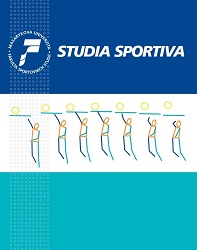
Pohybové aktivity v kontextu konzumní sedavé společnosti
Purpose of the contribution is related to the fundamental feature of sedentary consumerist society strongly diminishing role and importance of physical activity in everyday life. At the same time sportive physical activity is also very important factor in the process of officiating of the level of healthy and active life style, quality of life and health in general. Method to study position of physical activity in sedentary society is based on discussion of relevent concepts and consequent presentation of most typical conclusions of sociological research relating to levels of physical activity (inactivity) of Czech inhabitants. Sedentary society is confronted with great decline of physical activity at work, households and in transportation. Active transportation, as an indispensable part of healthy active way of life refers to the most reasonable human-powered transportation – walking and cycling. Results of the great emprical research “Physical activity of Czech population“ concluded that most respondents prefer „inactive ways of transportation“ (cars, public transportation system); only less that one quarter of respondents use active ways of transportation (walking, biking). Men are more interested in biking, women in walking. In the Czech cultural setting changing attitude to physical activity as an integral part of everyday active life style is resulting from the changing social structure, in particular the newly establishing middle-class as well from prevalent cultural changes.
More...




